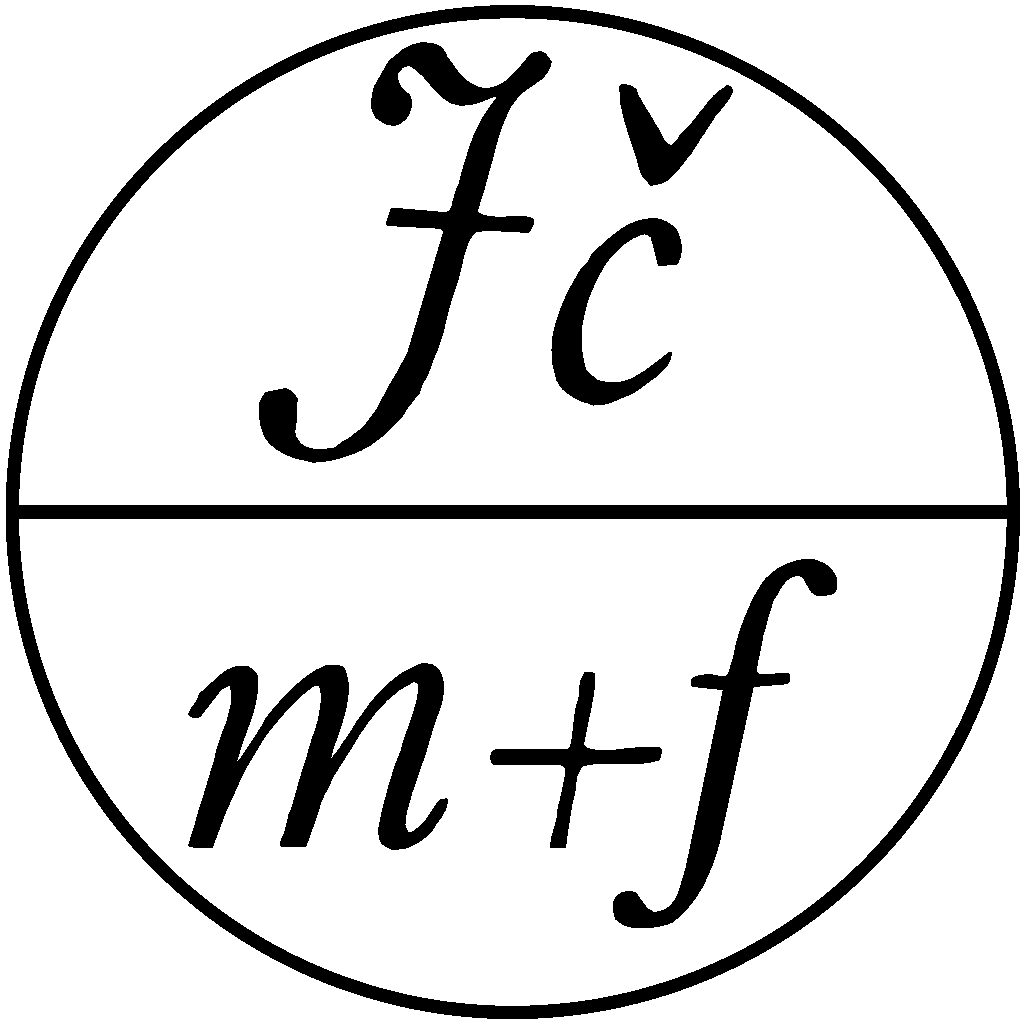Visualization using stars and the pitfalls of nonlinear relationships
Abstract
The article focuses on the issue of data visualization using stars, which are commonly used to evaluate the quality of various services, products, or phenomena. The author points out that converting numerical data into stars is not a trivial task and can easily lead to misleading interpretations. Using a specific example of visualising the effectiveness of COVID-19 vaccines, he demonstrates how the choice of transformation function (e.g., linear, logarithmic, or based on order) significantly impacts the resulting impression of the data. The text emphasizes that none of the presented visualizations is unambiguously correct or ideal—each has its advantages and pitfalls. The author warns that visualization using stars (and other simplified displays) is easily misused for manipulative purposes and recommends caution when interpreting such graphs. The article concludes with a discussion of the nature of the relationship between antibody levels and the degree of protection against infection and encourages deeper reflection on such simplifications.
Downloads
Published
How to Cite
Issue
Section
License
Copyright (c) 2025 MATHEMATICS–PHYSICS–INFORMATICS

This work is licensed under a Creative Commons Attribution 4.0 International License.
Autoři, kteří publikují v tomto časopise, souhlasí s následujícími body:
- Autoři si ponechávají copyright a garantují časopisu právo prvního publikování, přitom je práce zároveň licencována pod Creative Commons Attribution licencí, která umožňuje ostatním sdílet tuto práci s tím, že přiznají jejího autora a první publikování v tomto časopisu.
- Autoři mohou vstupovat do dalších samostatných smluvních dohod pro neexkluzivní šíření práce ve verzi, ve které byla publikována v časopise (například publikovat ji v knize), avšak s tím, že přiznají její první publikování v tomto časopisu.

Obsah časopisu podléhá licenci Creative Commons Uveďte autora 3.0 Česko








